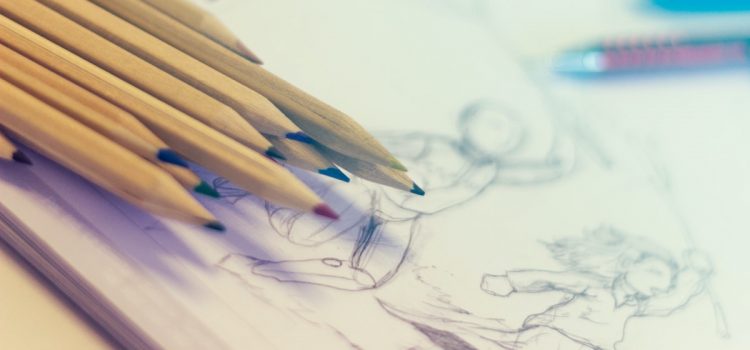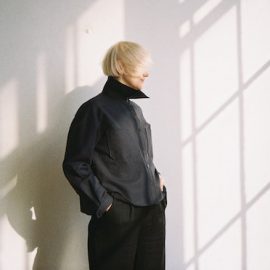

This article is an excerpt from the Shortform book guide to "Surely You're Joking, Mr. Feynman!" by Richard Feynman. Shortform has the world's best summaries and analyses of books you should be reading.
Like this article? Sign up for a free trial here.
Why did Richard Feynman take up art? How was it a good counterbalance to his work in math and science?
Nobel laureate Richard Feynman is known for science, not art. But, later in his life, he responded to a challenge to learn how to draw. Through the experience, he learned far more than how to create art.
Read more to learn about Richard Feynman, art, and the wonders of learning.
Richard Feynman the Artist
For scientist Richard Feynman, art wasn’t on the radar screen. Later in life, though, his insatiable curiosity led him toward projects even he’d never dreamed he’d consider. He never believed that he had any aptitude for art, but he always imagined that it might be a way to express the sense of awe he felt about scientific discovery. When an artist friend of his challenged him to learn how to draw, Feynman had doubts, but he gave it a try. Feynman says he wasn’t very good right away, but he learned from the way that art teachers taught. His instructors didn’t focus on Feynman’s mistakes but instead turned everything he did “wrong” into something positive that he could build on.
(Shortform note: Positive reinforcement such as Feynman’s art teachers provided is a valuable educational tool, but it must be applied with care. In Mindset, psychologist Carol S. Dweck explains that praising a student’s ability promotes the belief that skills are inherent, not developed over time, whereas praising a student’s learning process highlights the fact that effort produces improvement while giving the teacher an avenue to suggest where the student should focus their efforts. Dweck illustrates this by providing examples of several great artists and performers who showed little intrinsic talent when young but who developed their skills through hard work and commitment.)
The experience opened Feynman’s eyes to new possibilities within himself. His art instructors consistently encouraged him to relax into his process and not worry about perfection and precision as one does when solving problems in science and math. Feynman never got serious about his art and perhaps that was a good thing—it let him keep his artistic endeavors safely in the realm of “play.” Even so, he continued to practice, and over time he learned that he could distinguish the quality of other people’s artistic work without being able to put a finger on why. He was also struck by the idea that art he created could have an emotional effect on someone else, all because he had the persistence to practice a skill for which he had no inborn talent.
(Shortform note: Feynman cites concepts of play and having fun as essential to both his artistic pursuits and his scientific endeavors. In A Theory of Fun for Game Design, Ralph Koster draws a link between learning and enjoyment, saying that play creates a positive environment in which you can learn without pressure from consequences. Koster says that games, puzzles, and purely creative activities teach about patterns and relationships, improve memory recall, and strengthen teamwork and social skills by providing live feedback in low-stakes situations.)
Exercise: Look Back on the Joy of Learning
Through his lifelong love of solving puzzles and figuring things out, Richard Feynman exemplified the notion that curiosity, persistence, and fun go hand-in-hand. Think about the times in your life when you’ve felt driven to solve some puzzle or learn something new, and how the process of discovery made you feel.
- Describe a skill or an area of knowledge (such as painting, trading stocks, or driving a car) that you felt the urge to master at some point in your life. What process did you use to go about learning?
- What was the hardest part about learning that skill? How did you persist through whatever difficulty you encountered, and what sort of breakthrough did you experience after?
- Looking back on the experience of learning your new skill, what was the most enjoyable moment? How would you encourage others who are undertaking the same process?

———End of Preview———
Like what you just read? Read the rest of the world's best book summary and analysis of Richard Feynman's "Surely You're Joking, Mr. Feynman!" at Shortform.
Here's what you'll find in our full Surely You're Joking, Mr. Feynman! summary:
- The memoir of award-winning scientist Richard Feynman
- A walk through Feynman's life, from college to winning the Nobel Prize
- Why enjoying life is just as valuable as your education






